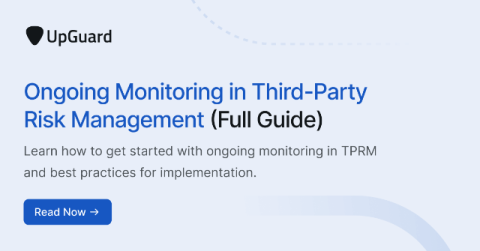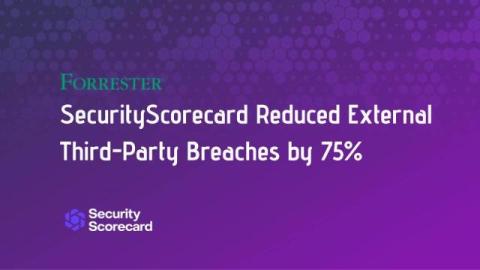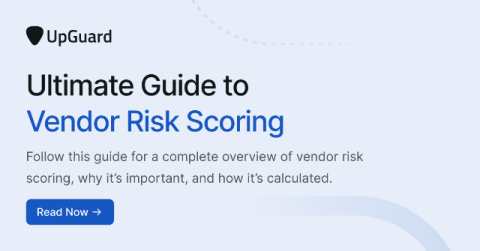Third-Party Risk Management Dashboard: How to Design One
In today's interconnected business landscape, Third-Party Risk Management (TPRM), sometimes called vendor risk management (VRM), is a critical cybersecurity strategy for organizations aiming to safeguard their operations and reputation. With most companies increasing their reliance on external vendors and service providers, managing and mitigating risks associated with these third-party relationships is paramount.














































